The Youth Union of Dinh Tan commune (Yen Dinh) launched propaganda and guided people to install the VNeID electronic identification code.
Smart village - typical digital transformation model
In recent years, many villages and communes in the province have changed positively thanks to the digital transformation process. In Xa Thu village, Quang Binh commune (Quang Xuong), people's lives have changed thanks to digital technology. Instead of the traditional loudspeaker system, information is now quickly transmitted to nearly 400 households through the Zalo group "Xa Thu - People's interaction", where they not only receive information but also proactively report on security, order, environmental sanitation, etc.
In addition, the system of 140 security cameras covering all alleys has helped reduce petty theft and littering. The village cultural house is installed with high-speed internet connection and a large screen, becoming a vibrant community space. In particular, digital transformation has contributed to strengthening the village and neighborhood ties when every time a family encounters difficult circumstances, the village management board calls for help on a digital platform. Talking to us, Mr. Pham Cong Trung, Head of Xa Thu village shared: "Digital technology has connected the community through supporting difficult circumstances. Typically, nearly 100 million VND was mobilized for the family of a deceased person in Taiwan, and 44 million VND for the family of Mr. Pham Cong Thong who has special circumstances... The villagers are very happy to enjoy the results of their contributions in the process of building a smart village".
In Nam Thuong village, Tay Ho commune (Tho Xuan), from a rural village with more than 60% of the population working in agriculture, Nam Thuong has joined the digital technology flow. The village roads are decorated with QR Code scanning points at each alley entrance, helping people easily look up village conventions, regulations and population information. Nam Thuong village head Le Thi Tham shared: "Now, through groups on the Zalo application, the dissemination of policies and guidelines or the organization of meetings have been quickly informed, ensuring that every household in the village is aware. In particular, a "cashless" life has become a reality in Nam Thuong when 100% of production and business households in the village accept electronic payments. Electronic health records and VNeID electronic identification applications have also been popularized, helping people easily manage health information and carry out administrative procedures".
Trong Hau village, Hoang Quy commune (Hoang Hoa) is not only a model new-style rural village but also the first smart village of the commune. Fiber optic internet and 3G/4G mobile waves now cover every corner, connecting the entire community to the digital world, where 91.5% of people of working age are familiar with smartphones.
Mr. Nguyen Van Phuong, Party Cell Secretary and Head of the Front Work Committee of Trong Hau village, shared about the security camera system: "These electronic eyes have changed the whole security appearance of the village. In the past, we had to face the fear of theft, but now, that is just a story of the past. More interestingly, people seem to be more aware of keeping the environment clean when they know that every action is recorded."
He emphasized: "Technology has turned seemingly ordinary things into miracles. When new policies and guidelines are implemented, we grasp them promptly. The smart village model is not just a story about technology or utilities. It is a story about a changing rural community, about the quality of life being improved every day."
Digital Citizenship - the driving force behind digital transformation
According to the report of the Provincial Digital Transformation Steering Committee in 2024, the digital economy has initially contributed to the economic development of the province with a proportion of 10.74% of the total economic scale. The whole province has built 27 smart villages, creating bright spots in digital transformation in the community.
Regarding digital infrastructure, the province has covered mobile information and provided fixed broadband internet services to 99.66% of villages and hamlets. The total number of telephone subscribers on the entire network is estimated at 3,000,000, with a density of 81.63 subscribers/100 people, of which mobile subscribers are 2,976,000. The total number of broadband internet subscribers is 2,700,000, with a density of 73.3 subscribers/100 people.
The above figures reflect the strong development of digital citizenship in our province. Up to now, the province has received 4,202,502 citizen identification records (CCCD) and returned 3,744,652 CCCD cards; successfully received and activated 1,974,149 electronic identification accounts. Regarding digital signatures, more than 537,253 electronic signatures have been issued to people, reaching a rate of 26.3%.
In the healthcare sector, 684/684 healthcare facilities have deployed the use of CCCD cards, VNeID application to replace health insurance cards. The number of CCCDs synchronized with valid health insurance cards for medical examination and treatment using CCCD reached 3,222,609 cards. The connection of data on driver's health certificates, birth certificates, and death certificates has also been effectively deployed with 104,639 health certificates for drivers, more than 44,400 birth certificates and 302 death certificates.
Regarding non-cash payments, 26/26 districts, towns and cities have made non-cash payments to social security beneficiaries; the total number of beneficiaries paid via accounts is 45,158/53,571 people (reaching a rate of 84.3%). Regarding pension and social insurance benefits, non-cash reception has been mobilized and implemented for 59,991/164,382 people (reaching a rate of 36.49%). Regarding online payments on the National Public Service Portal, the rate of online payment records is 265,588/450,684 records (reaching a rate of 58.93%).
Despite many achievements, the process of building a digital society in our province still faces many challenges. According to the report of the Provincial Digital Transformation Steering Committee, some difficulties still exist such as: infrastructure and utilities are not yet widespread and synchronized; people are still hesitant to change their habits in non-cash payments; digital applications and platforms for people are not really convenient.
To overcome these difficulties, the Provincial Steering Committee for Digital Transformation has proposed many key solutions for 2025, including implementing programs to promote widespread digital citizen development, striving for every adult to have a digital identity, digital account, digital means and be trained in digital skills. Digital human resource training is also focused on; at the same time, the province will promote propaganda and communication on digital transformation in the direction of innovation in content, diversity in form, strengthening propaganda to prevent online fraud, protect personal information, and ensure safety for people in the digital environment.
With steady steps, the digital society in our province is gradually becoming a reality, bringing practical values to the people, making digital technology a tool to improve the quality of life, narrowing the gap between rural and urban areas, building a smart, civilized and livable society. This process has made the people the central subject, not only the beneficiaries but also the important driving force promoting the development of the digital society.
Article and photos: Ngan Ha
Source: https://baothanhhoa.vn/xa-hoi-so-khi-nguoi-dan-tro-thanh-trung-tam-cua-qua-trinh-chuyen-doi-so-243939.htm


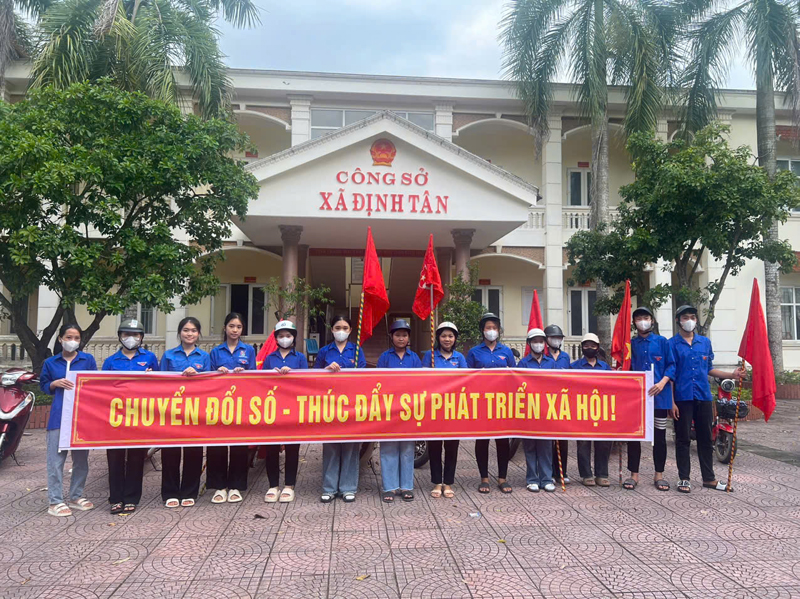
![[Photo] Prime Minister Pham Minh Chinh receives delegation of leaders of US universities](https://vstatic.vietnam.vn/vietnam/resource/IMAGE/2025/3/31/8be7f6be90624512b385fd1690124eaa)
![[Photo] Speeding up construction of Ring Road 3 and Bien Hoa-Vung Tau Expressway](https://vstatic.vietnam.vn/vietnam/resource/IMAGE/2025/3/31/f1431fbe7d604caba041f84a718ccef7)
![[Photo] General Secretary To Lam receives US Ambassador to Vietnam Marc E. Knapper](https://vstatic.vietnam.vn/vietnam/resource/IMAGE/2025/3/31/5ee45ded5fd548a685618a0b67c42970)

![[Photo] 2nd Conference of the Party Executive Committee of Central Party Agencies](https://vstatic.vietnam.vn/vietnam/resource/IMAGE/2025/3/31/8f85b88962b34701ac511682b09b1e0d)

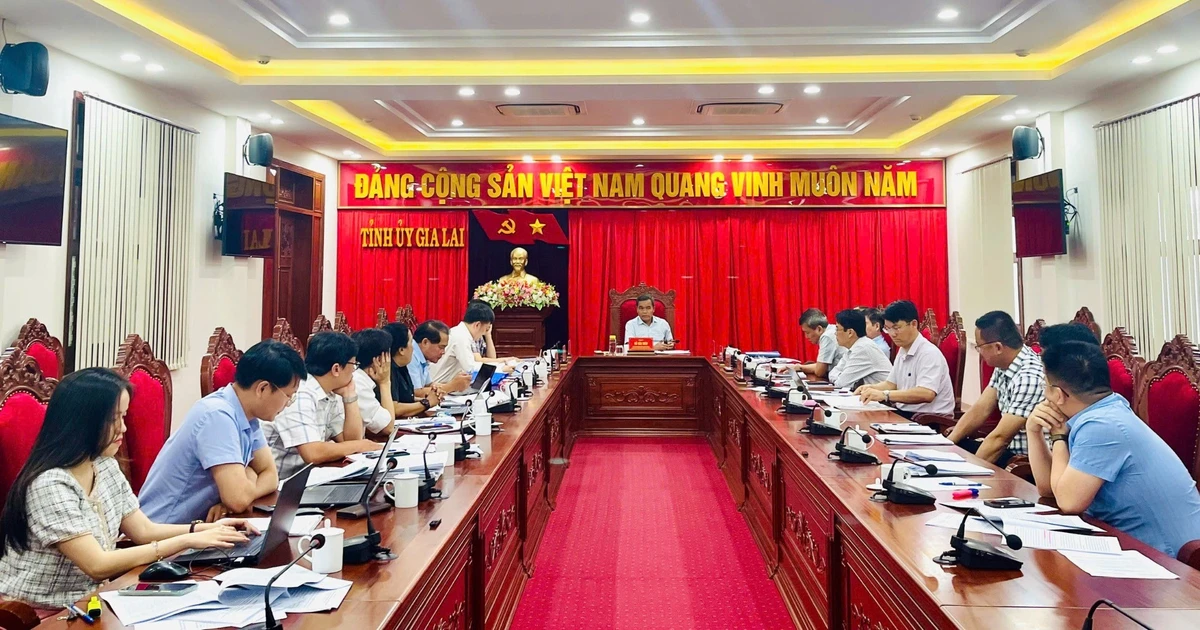
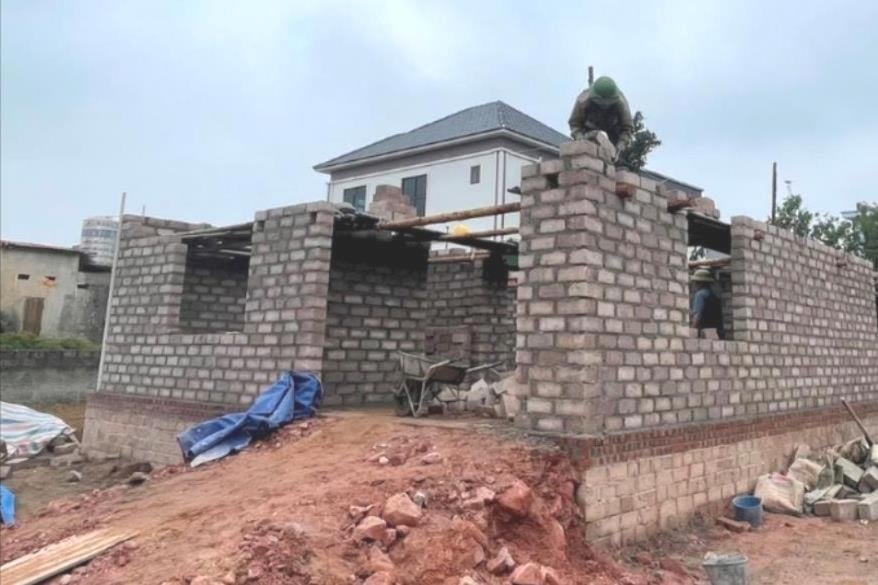
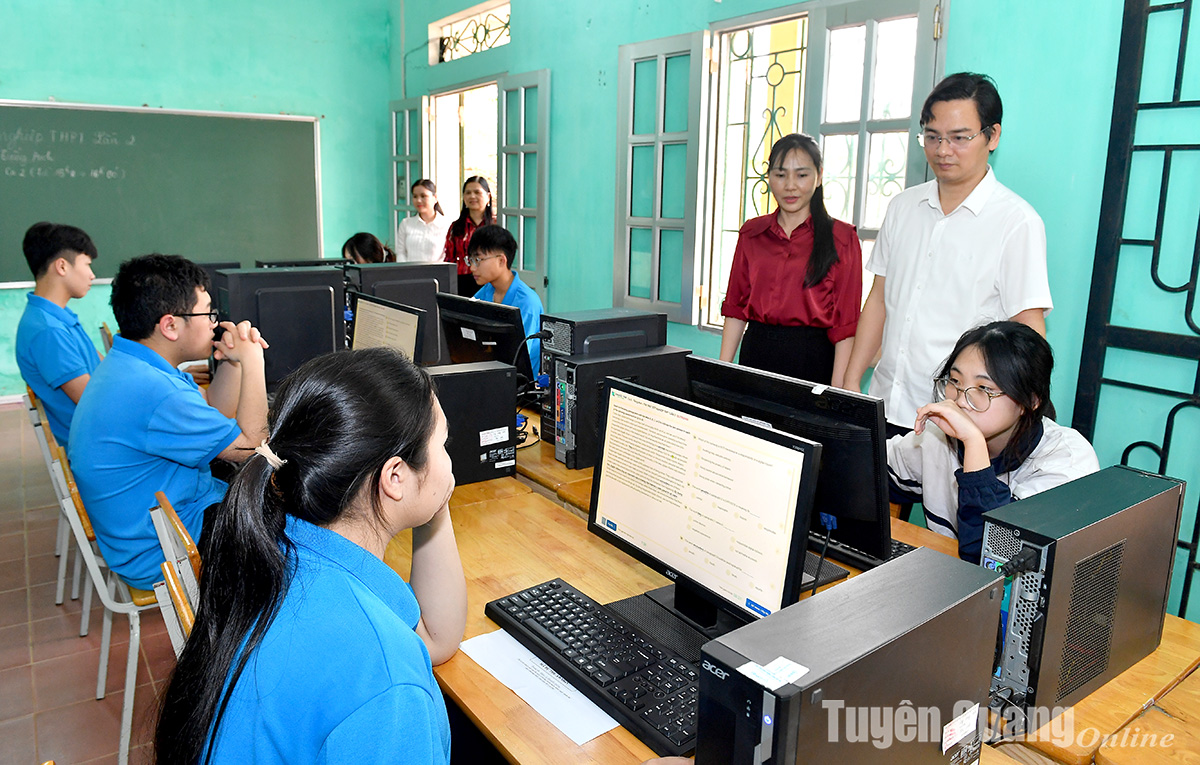
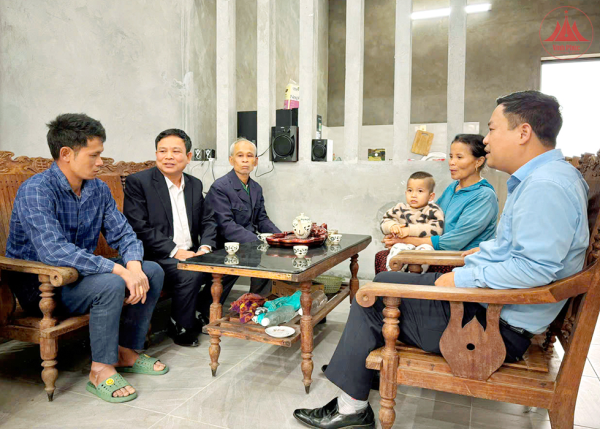
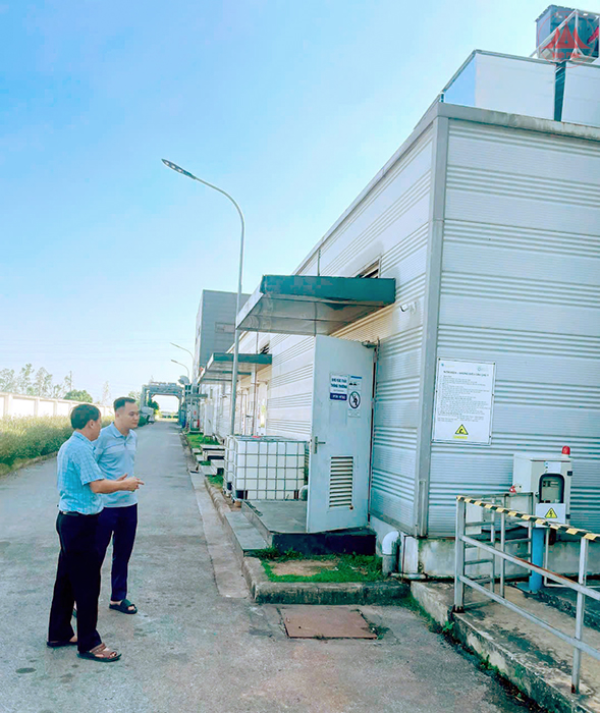





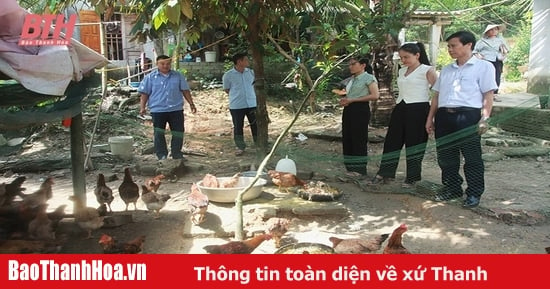

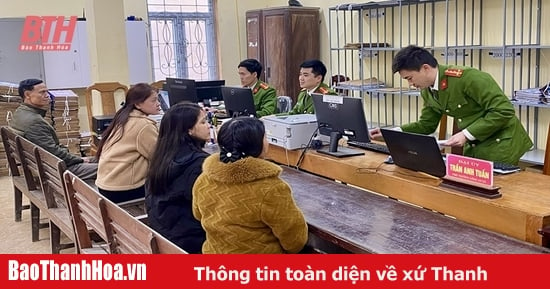
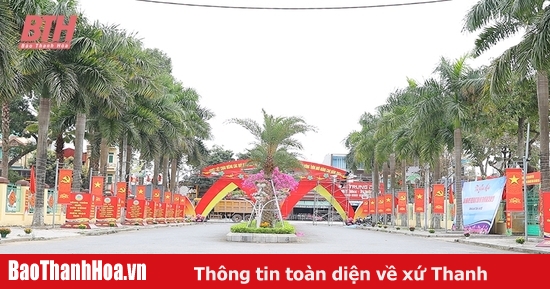
















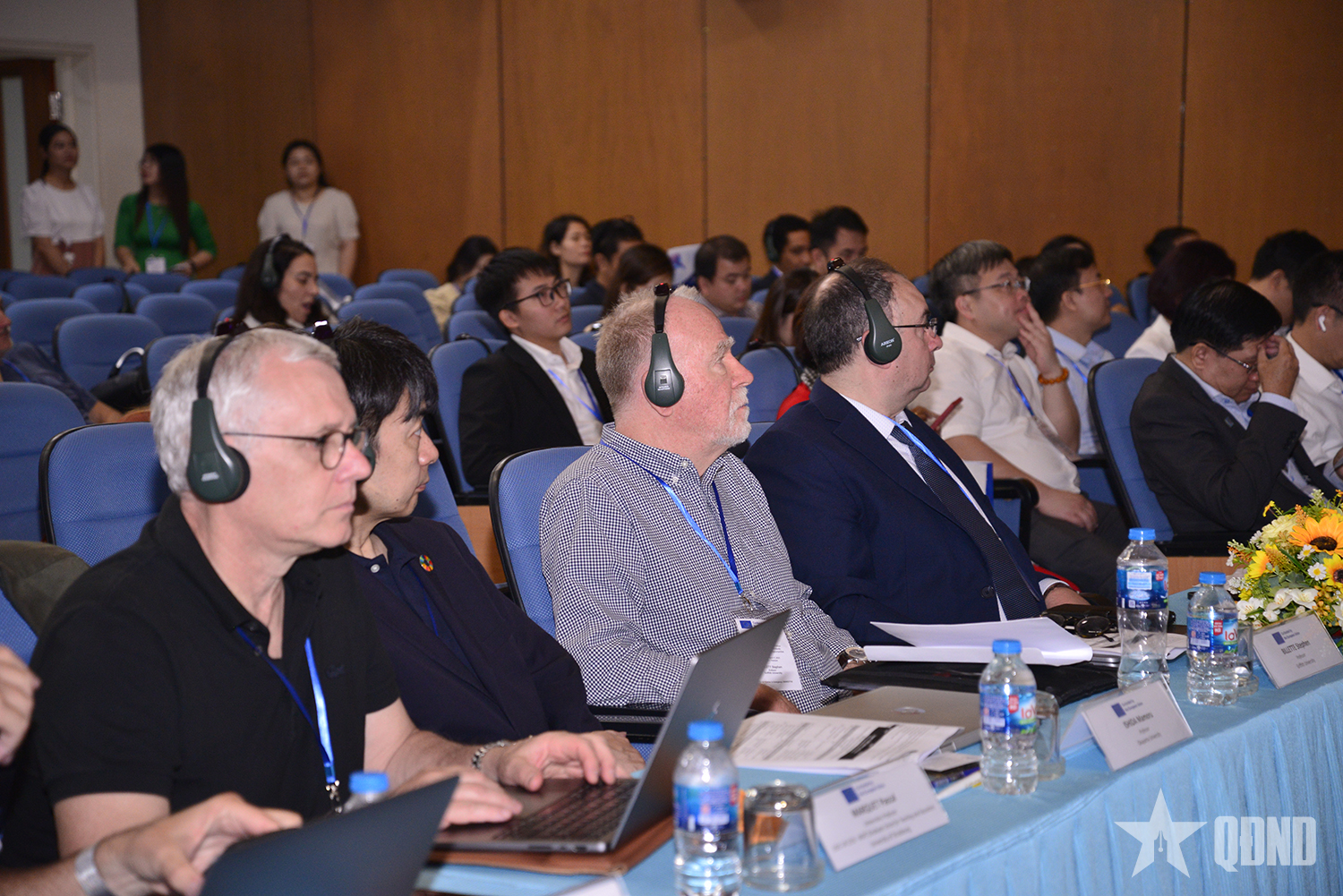

















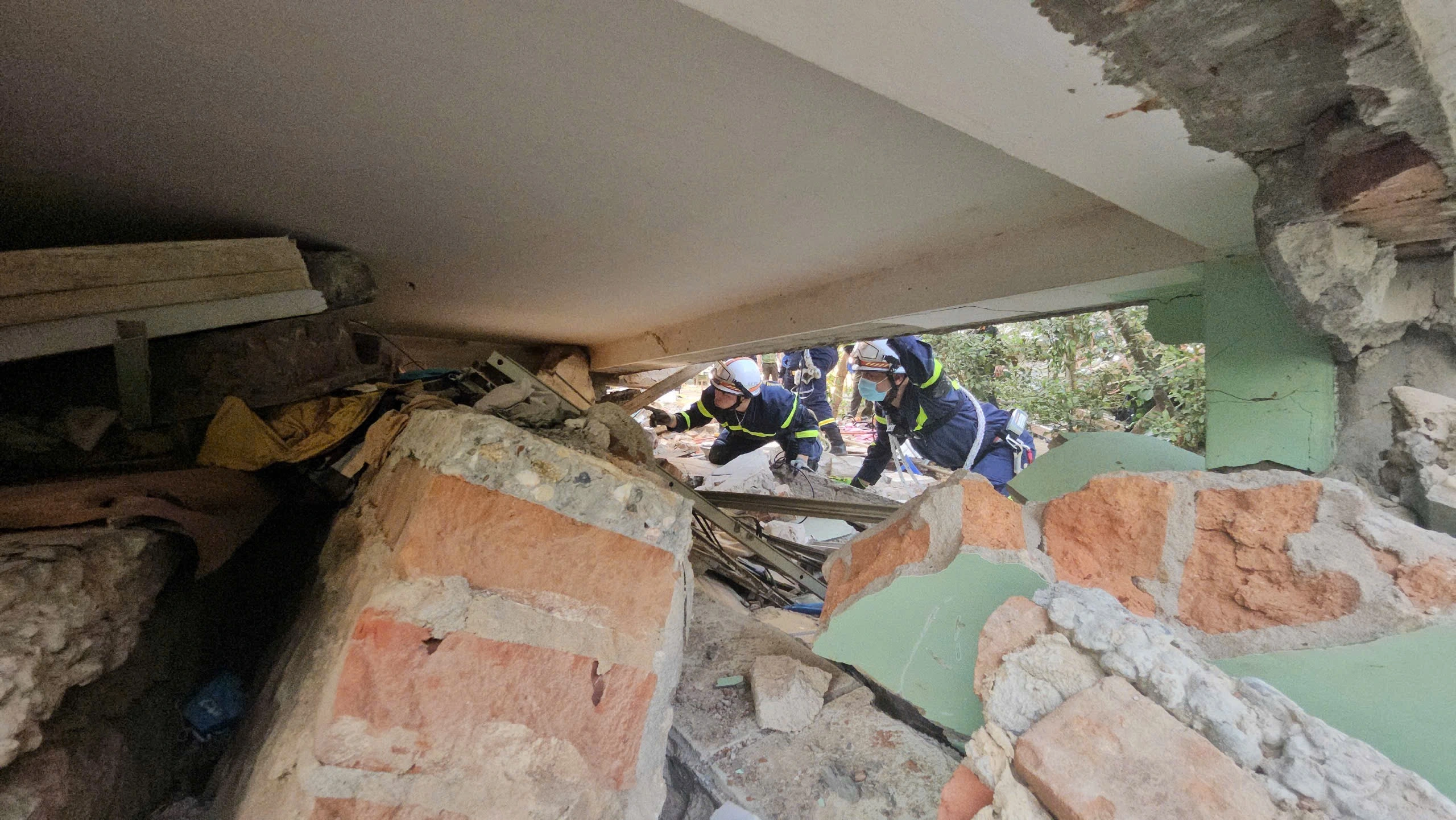

































![[REVIEW OCOP] An Lanh Huong Vet Yen Cat](https://vstatic.vietnam.vn/vietnam/resource/IMAGE/2025/3/27/c25032328e9a47be9991d5be7c0cad8c)
Comment (0)